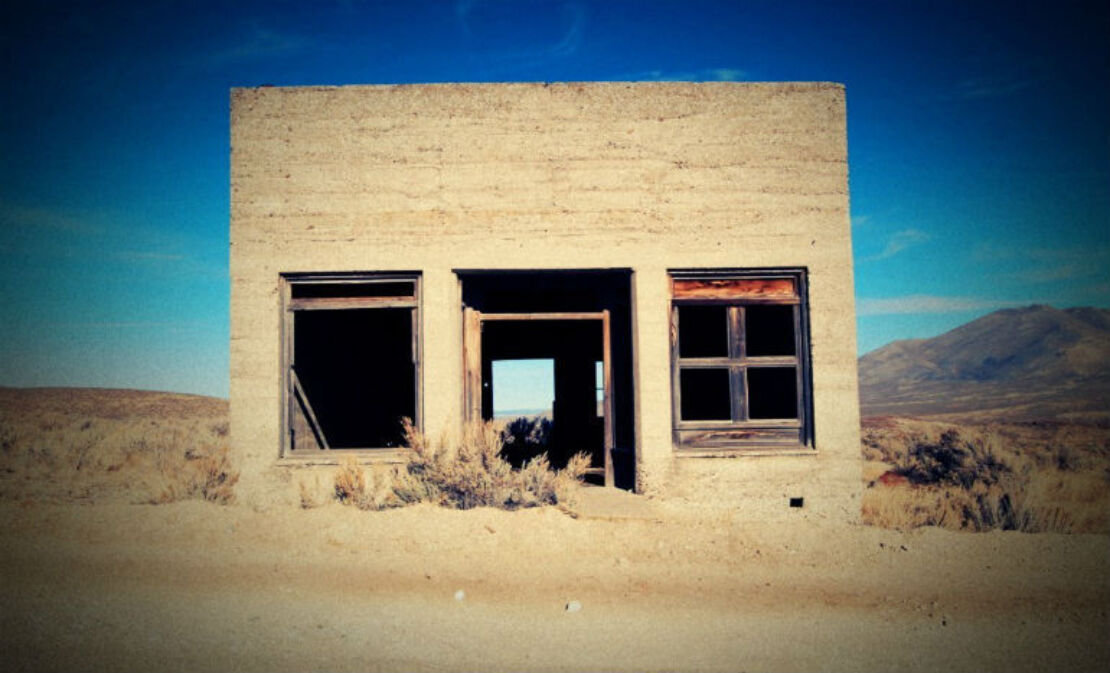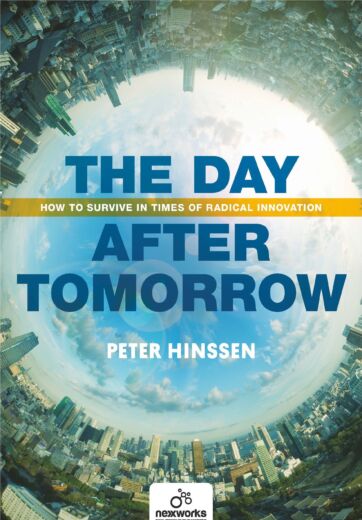Organizing for the Day After Tomorrow - Part 3
For these past few weeks, I have been writing about how organizations can survive their ”Day After Tomorrow“ (DAT) by focusing on radical innovation. There is no ”one-size-fits all” model, obviously, but there are some pretty interesting patterns to be found if we look at some of the most pioneering companies out there. What’s fascinating is that some of these patterns seem counter-intuitive, sometimes the opposite of popular belief. Using silos is one of those, which tends to be discouraged when it comes to innovation, but which has turned out amazingly well for some industry leaders out there.

“The test of a first-rate intelligence is the ability to hold two opposed ideas in the mind at the same time, and still retain the ability to function.” Scott Fitzgerald wrote that. That’s exactly what leaders of organizations that focus on radical innovation need to be able to do: balance an existing business model with another one that operates on the flip side and might cannibalize the core business. They have to level out the solid (focused on exploiting) and fluid (focused on exploring) parts of their organization and keep both fully functional. Ambidextrous organizations – as Michael Tushman calls them – solve this conundrum by separating the existing business from the emerging one. The reason is that the management structures, processes, mind-sets and skills which are used to sustain the business tend to clash with those needed for radical innovation.
In my last opinion piece about organizing for the DAT, I talked about how Johnson and Johnson created a separate silo for their radical innovation efforts, and even geographically removed it from the headquarters to protect it. It worked marvelously: J & J is one of the most innovative players in the pharma industry to date. But sometimes creating a separate department within a company is just not enough.
The difficulty is to create a protective distance for your DAT efforts – geographically and sometimes financially or hierarchically – without alienating your radical exploration from the core business (and from the outside world, but that’s a different story). You need “glue” to integrate both: a common sense of purpose, a shared culture, strong leadership, etc. It’s a Goldilocks situation: too much glue and chances are that the radical innovation is smothered by control. But not enough glue and Management loses interest, like in the case of Xerox PARC. If a company has a severe integration problem with a radical DAT silo, there is really only one solution: cut the umbilical cord.
A fine example of such a radical separation is that of CLAAS tractors – one of the top players in the EU market. It’s fascinating how this family-owned business keeps on reinventing itself, now for the third generation. It dares to look beyond its core business. It is bold enough to believe that its Day After Tomorrow may not be about selling tractors.
Machines are becoming increasingly powerful and intelligent. That opens up a lot of possibilities for the world of agriculture. CLAAS has perfectly understood this and they are now investing in tractors that are so powerful and autonomous that farmers are only needed to take the vehicles from one field to another. That’s it. The tractors can do all the rest by themselves. But CLAAS did not stop here. They asked themselves the courageous question “what if the future of agriculture is not so much about selling tractors as it is providing agriculture as a service?”
So it conceived a company called 365farmnet which allows farmers to completely manage their farm and agricultural activities in a cloud-based solution. All kinds of sensors gather information about the farm in a single program: from cultivation planning to harvest, from field to stable, from documentation to operating analysis. That’s a radical move away from the tractor world of atoms and physical things to the world of bits and software. One that requires a very different set of capabilities, talents and processes.
It should not come as a surprise then that the gap between the hundreds of tractor engineers and the much smaller team of software developers focusing on this radical Day After Tomorrow Service, was too large to be bridged. So after a while it was decided to take 365farmnet out of CLAAS and make it a subsidiary, with a high level of independence. Today, 365farmnet is located in Berlin, surrounded by a great number of like-minded Internet of Things startups, where it is thriving and really making a dent.
Though not all of the most successful radical innovators out there use this method, separating your core business from your radical innovation efforts – inside (like J & J) or even outside (like CLAAS) your organization – can be very effective. But I want to make a side-note here: just make sure that it’s a protected yet connected kind of isolation. Never lose touch with the outside world and – if we’re talking about an in-company silo – not with the management either. And that is the tricky part, which a lot of organizations get wrong.
This article is part of a series about how organizations can survive their day after tomorrow by focusing on radical innovation. Read part 1 and part 2.
This article first appeared in Forbes.
